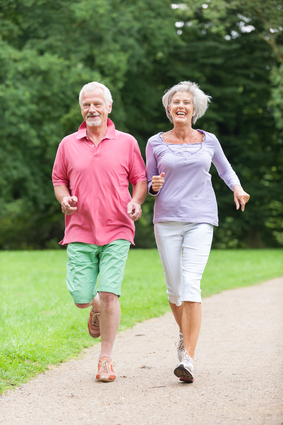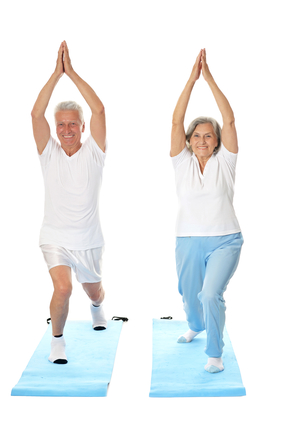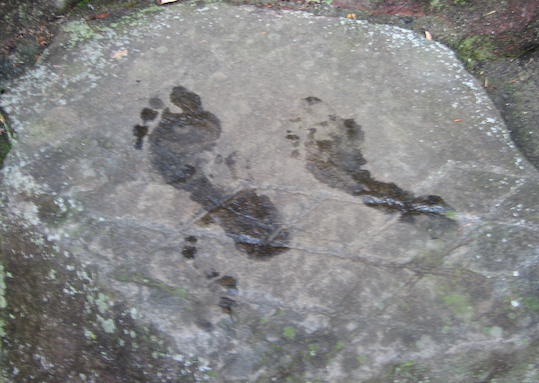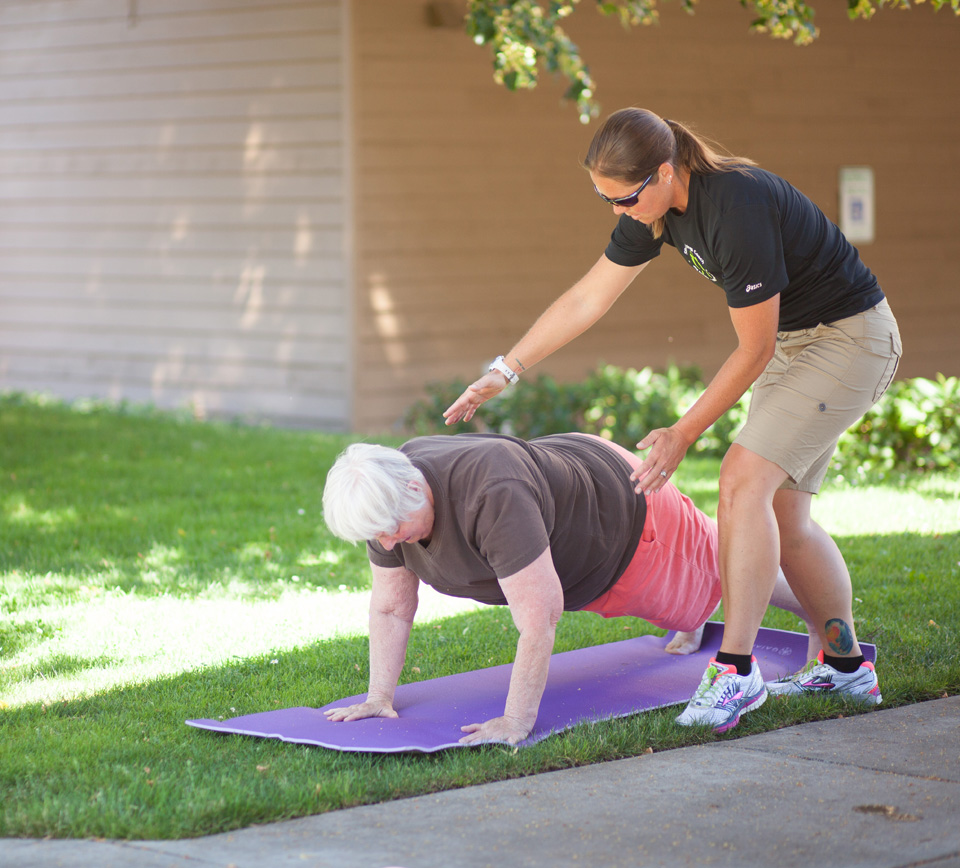Type 2 Diabetes Management: Exercise Is an Important Component
Diabetes, if left unmanaged, has many serious complications such as loss of vision. It is imperative for anyone with diabetes to follow their doctor’s treatment plan. The plan may include dietary changes, exercise and medication. Exercise is important as it will help your body to use sugars naturally. It also has many other health benefits such as stress management, decreasing high blood pressure and preventing osteoporosis.









